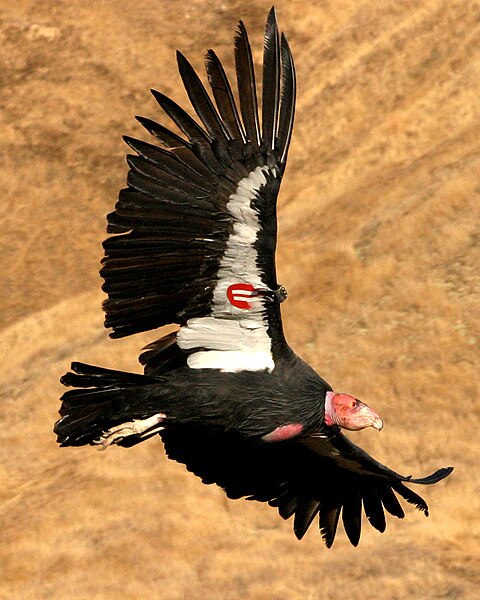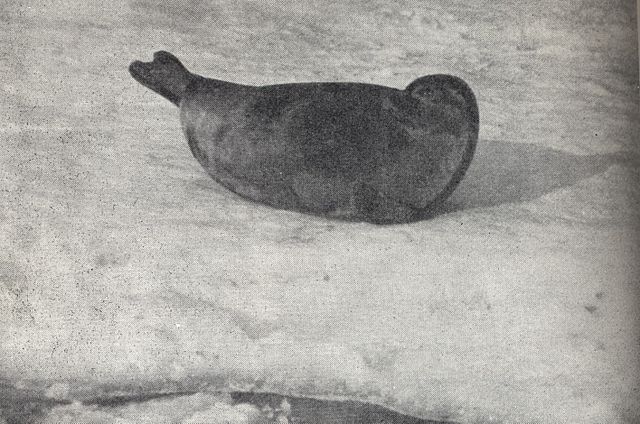The Salt Creek tiger beetle is a critically endangered subspecies of tiger beetle endemic to the saline wetlands of northern Lancaster County, Nebraska, adjacent to and immediately to the north of the city of Lincoln, Nebraska. It is a predatory insect, using its mandibles to catch other insects. The beetle is one of the rarest insects in North America; surveys showed that 194 adults existed in 2009, down from 263 in 2008, and 777 in 2000. However, efforts are continuing to boost the population, which in 2013 numbered 365 beetles: one beetle for each day in a regular year. The adult beetles can move very fast to catch the prey.
Salt Creek tiger beetle
Salt Marshes of the Little Salt Creek Tributary in Lincoln, Nebraska
An endangered species is a species that is very likely to become extinct in the near future, either worldwide or in a particular political jurisdiction. Endangered species may be at risk due to factors such as habitat loss, poaching, invasive species, and climate change. The International Union for Conservation of Nature (IUCN) Red List lists the global conservation status of many species, and various other agencies assess the status of species within particular areas. Many nations have laws that protect conservation-reliant species which, for example, forbid hunting, restrict land development, or create protected areas. Some endangered species are the target of extensive conservation efforts such as captive breeding and habitat restoration.
Endangered species
Golden lion tamarin, an endemic and one of the endangered species saved from extinction in Brazil
The California condor is a critically endangered species. Note the wing tags used for population monitoring.
Photo of Pusa hispida saimensis, also known as Saimaa ringed seal, from 1956. Living only in Lake Saimaa, Finland, Saimaa ringed seals are among the most endangered seals in the world, having a total population of only about 400 individuals.






